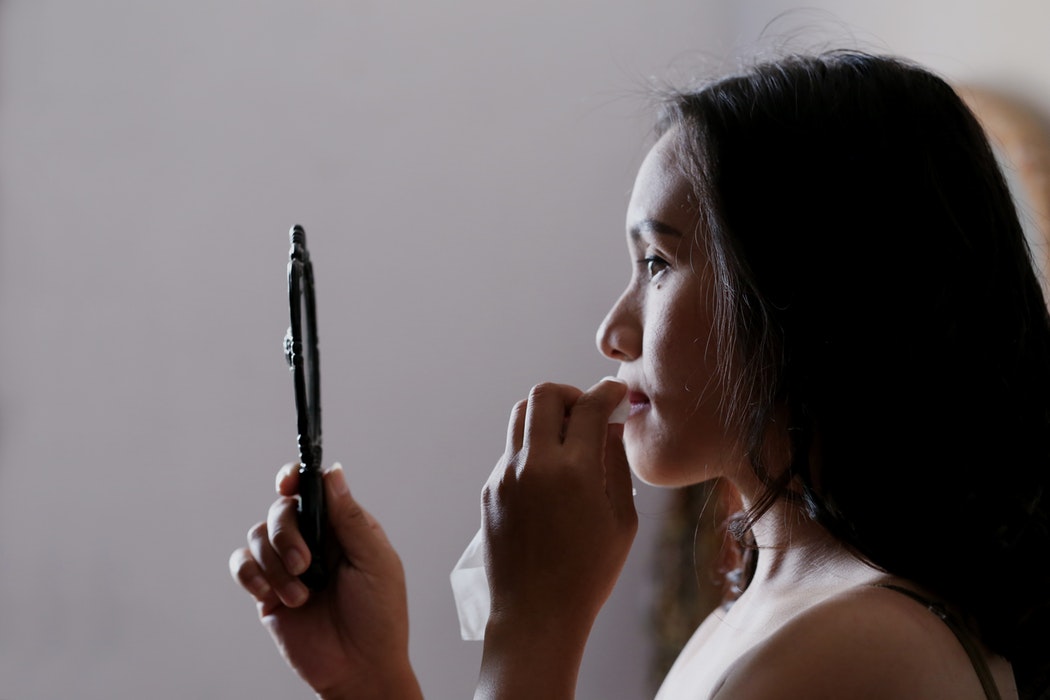Pilots and Perfectioneurs have a lot in common. Pilots can serve as examples of Perfectioneurs. The archetype of pilots is often one of confidence, charisma, attention to detail, and assertiveness, placing them one step away from the steamrolling potential of overworked Perfectioneurs.
Pilot or Perfectioneur?
· Maintains attention to detail
· Works long hours
· Defines identity by what they do
· Prefers jobs where they are in control
Make no mistake, we absolutely want people who are driven and have attention to detail flying various aircraft. It is directly connected to our well-being and safety as passengers. We also want to know that the people selected to hold this responsibility are performing at their best. Fit for duty. Therefore it’s no surprise that Aviation Psychologist Dr. Paul Dicken’s guide for pilots to re-enter the workforce during COVID-19 has been downloaded 65,000+ times since its release!
Being a licensed therapist married to a pilot, I was excited to interview Dr. Dickens as one of 11 Accredited Aviation Psychologists in the EU. His passion for this work was palpable over Zoom and we found ourselves in easy conversation on the similarities between pilots and perfectionists. It’s not surprising then, to recognize that his suggestions in the areas of physical, cognitive, emotional, and relational needs compliment the work-life balance criteria for many other professionals attempting to adapt during COVID-19.
Some recognizable tips from Dr. Dicken’s guide Cleared for Take Off! A Pilot’s Guide to Returning to Flyinginclude:
· Set sleep patterns and sleep hygiene rituals
· Adopt an exercise regimen
· Gear up for work mode through reading materials and visualization
· Practice self-awareness to identify how you feel about returning to work
· Prepare your family for the transition back to work
Meaningful and relevant, these tips apply to entrepreneurs, first responders, and perfectionists as well. Let’s take it a step further to see how pilots address psychological safety at all stages of flight, captured in the acronym IMSAFE and created by the Federal Aviation Administration (FAA).
Illness- Do I have any symptoms?
Medication- Have I taken any over the counter or prescription drugs?
Stress- Am I under psychological pressure from the job? Am I worried about financial problems, health problems, or family discord?
Alcohol-Have I been drinking within 8 hours?
Fatigue- Am I tired or not adequately rested?
Emotion- Am I emotionally upset?
What if we modified the IMSAFE acronym for people during COVID-19 in order to capture what we are tracking as mental health and wellness needs during this challenging time?
Illness- Do I have any symptoms of illness?
Medication- Do I take prescription or over the counter drugs? Do they pose any risk to my functioning? Are they helpful to my functioning?
Stress- In this time of unknown, what’s my current stress level? Does it fluctuate? When?
Alcohol- Am I drinking out of a desire to cope or fight boredom?
Fatigue- How tired do I feel? Am I getting enough sleep? Too much sleep?
Emotion- Am I aware of how I feel? Where do I fall on the spectrum between anxious and numb?
IMSAFE poses some important questions to ask ourselves as we attempt to adapt and change during COVID-19. Change is difficult, especially for professionals that covet feelings of being in control. Therefore pilots and the FAA have a lot to teach us about the importance of checklists to gauge our functioning since it’s subject to change. Perhaps we can consider checking in on our functioning with the IMSAFE acronym. Maybe the tips from Dr. Dicken’s guide can help individuals preparing to return to work. Either way, pilots have a lot to offer perfectionists including disarming resistance and normalizing the vulnerability of adjustment. It’s possible that these resources will pave the way for additional conversations on coping during COVID-19, allowing perfectionist pilots to be the role models of adaptive functioning and pivoting during a pandemic.
Connect with Dr. Dickens on LinkedIn
Check out Dr. Dicken’s full guide here.
See more tips for pilots with the IMSAFE protocol here.













